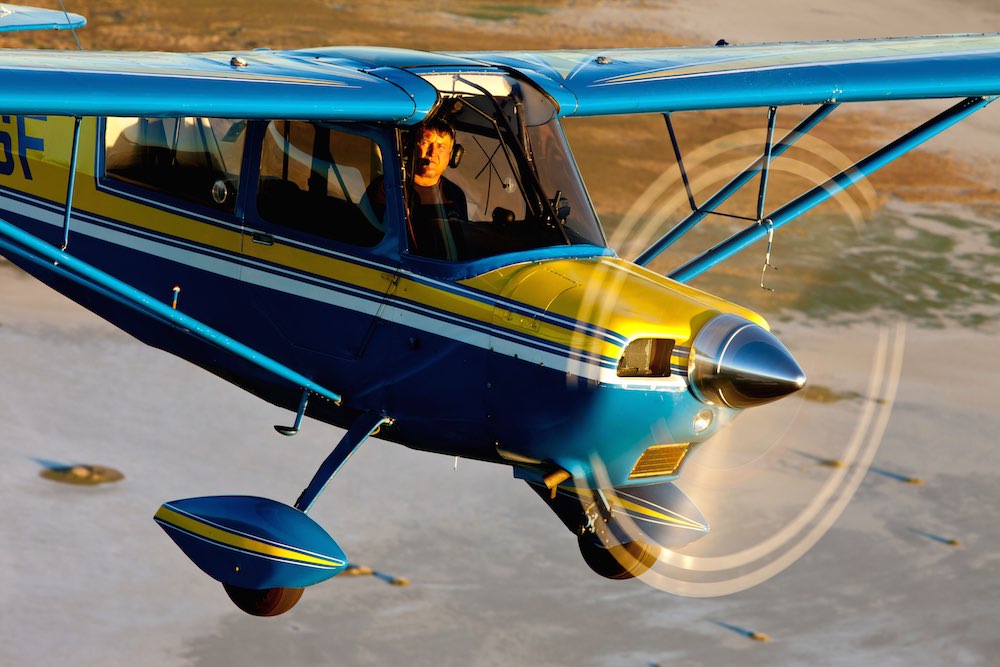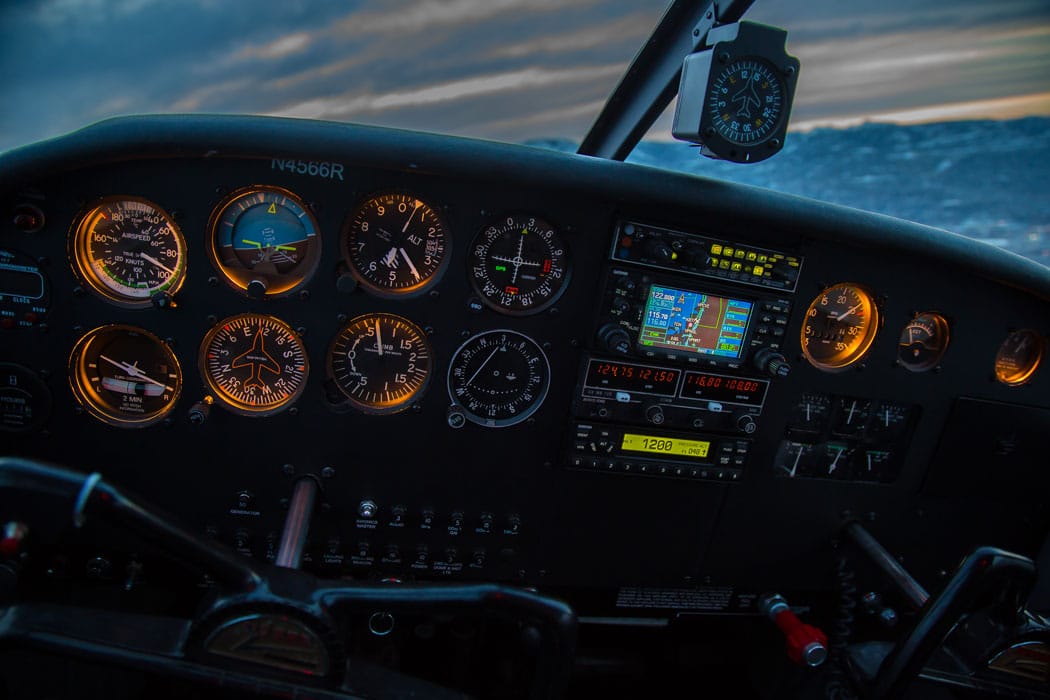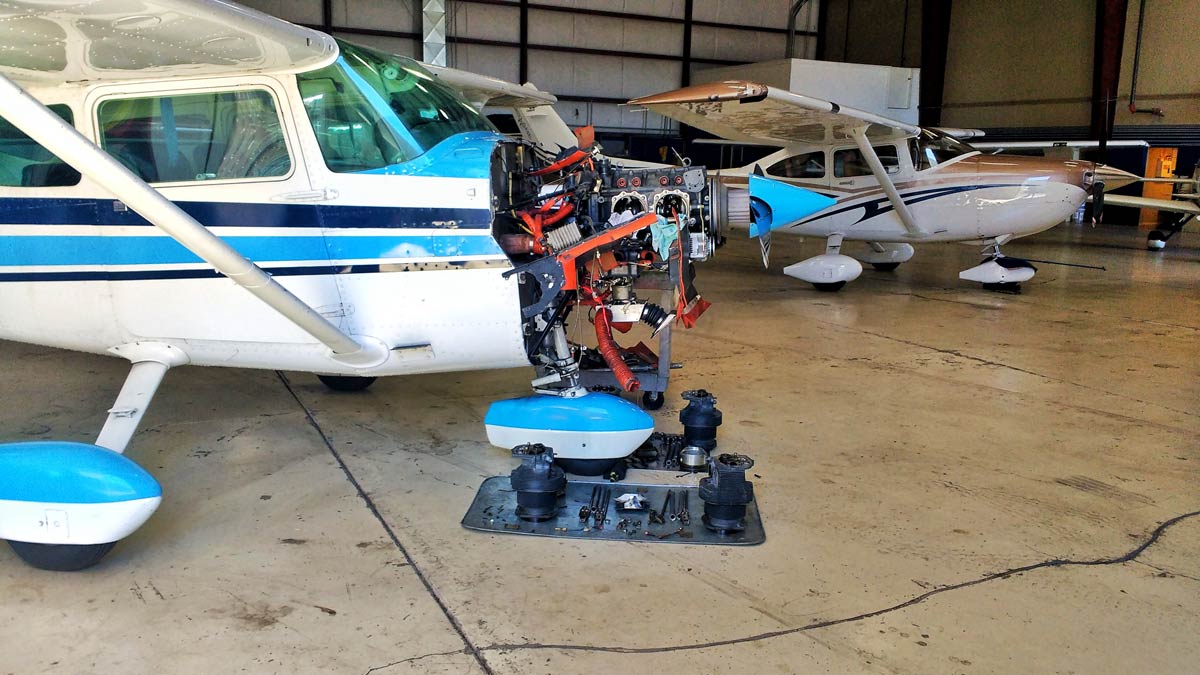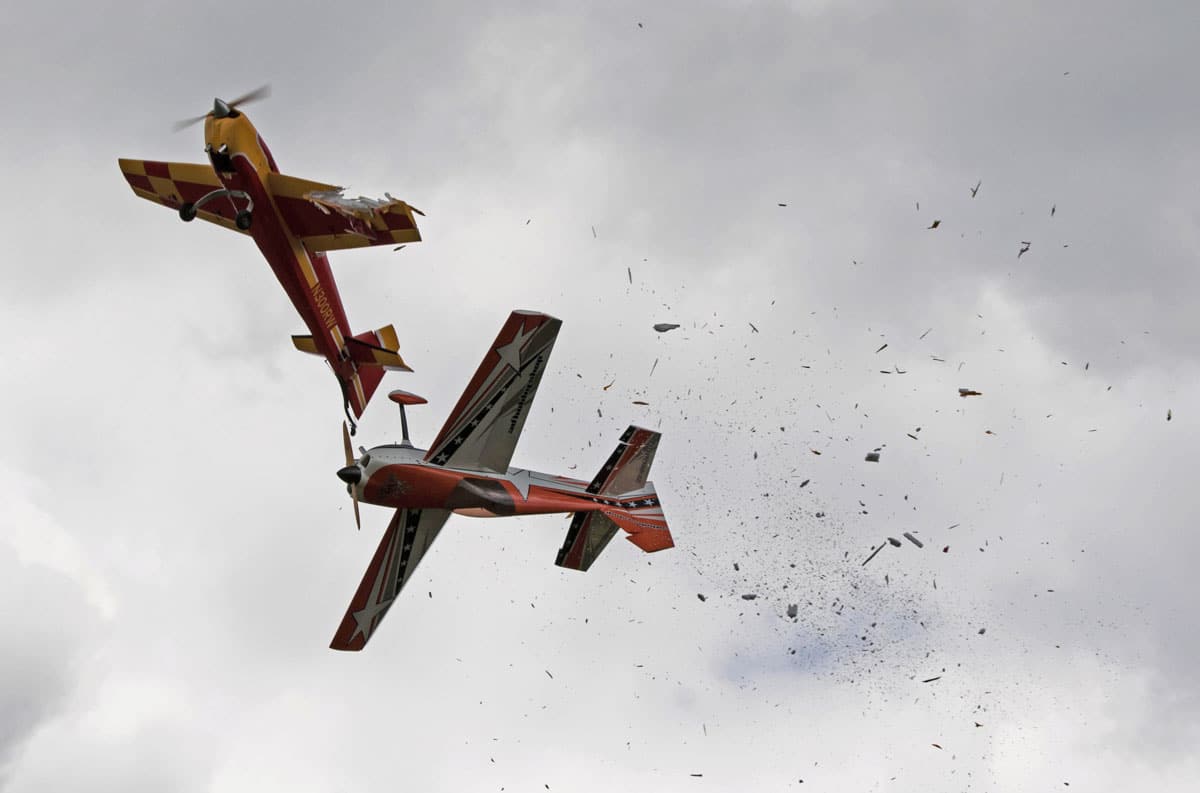Using Special VFR and Contact Approach can be very helpful under the right conditions.
Accomplished pilots use a number of skills to carry out safe and successful flights. Some, like taking off or landing in crosswinds, involve the pilot’s skill in physically handling the aircraft. Others, like completing an instrument approach, add the complexities of flying by instruments while understanding and complying with ATC’s instructions. There are two techniques that can be very helpful under the right conditions. However, ATC will never offer these to you. You have to ask for them. They are Special VFR and the Contact Approach. Learning these techniques may help you complete flights you might not otherwise be able to complete, and will at least save you time.
Special VFR
Special VFR is the more familiar of the two. Basically, it allows you to fly VFR in controlled airspace when the current reported conditions are technically lower than basic VFR: three miles visibility and a 1,000-ft ceiling. Here’s an example of how this works. Say you are approaching your destination airport under VFR. You dial up the ATIS and discover the airport is below VFR minimums. If you’re instrument rated, you can ask ATC for an IFR clearance, make the approach, and land.
But sometimes, especially in the case of a marine layer or cloudbank, you can actually see the runway, though it lies below the overcast. And you know you would be able to make your approach and land while remaining clear of clouds. Just ask ATC for Special VFR. If granted, you proceed inbound under that clearance and land. Special VFR requires that you remain clear of clouds with one-mile flight visibility (like Class G airspace). Any private pilot may request Special VFR, but not a student pilot acting as PIC. It is also generally not granted inside Class B airspace.
You can request Special VFR on departure as well, so long as the field is reporting at least one-mile visibility and you will be able to stay clear of clouds after takeoff. When departing under Special VFR, take a moment before releasing the brakes and look around outside. Double-check that your intended route of departure is indeed still clear of clouds. To remain under the overcast, you may not climb as steeply as normal so watch your airspeed. Keep it safe but not too fast, to give you more time to maneuver until you are in clear VFR weather.
Contact Approach
The Contact Approach is asked for so rarely you may actually momentarily stump the controller when you ask for it. But the technique can actually ease your workload and speed things up for you, under the appropriate conditions. The Contact Approach is an instrument clearance, so you and your aircraft need to be instrument-capable. As with Special VFR, you’ll need at least one-mile flight visibility and the ability to remain clear of clouds all the way to the runway. Additionally, the airport must have a published instrument approach with a standard or special instrument approach procedure in effect, and the field must be reporting one-mile visibility for the controller to be able to grant your request.
Here’s a possible scenario: You’re coming in toward your destination on an IFR flight plan. As you approach the airport, you learn that while the airport is still technically IFR, the weather is such that you can descend in good VFR. You can then fly the last few miles below the overcast, remaining clear of clouds all the way to the runway, and land. So what are the possible benefits in asking for a Contact Approach? The Contact Approach gives you a legal short-cut to get in more quickly.
Otherwise, you may be assigned an instrument approach that takes you out of your way, burning fuel, time, and money. Or maybe the published instrument approach (or the vectors ATC just gave you) will actually take you into clouds that you might otherwise be able to avoid. At some mountain airports, the IFR minimums may be 1,500 or even 3,000 ft AGL. If you can descend VFR on a Contact Approach, you may be able to fly in visually under the clouds even though the airport is below IFR minimums. With a Contact Approach, you are still on an IFR clearance, which means that ATC will still provide you with traffic separation from other IFR or Special VFR aircraft. Full details can be found in Section 5-5-3 of the AIM.
So what’s the risk? Once cleared for a Contact Approach, ATC provides no more terrain separation. The pilot is now completely responsible for remaining clear of terrain. Flying a Contact Approach (or Special VFR, for that matter) means you will be flying visually in what are technically IFR conditions. You’ll have a low ceiling, low visibility, or both. You need to be able to see where you are going, and you must know the terrain and potential obstructions, like new cell phone towers. Likewise, you need to be able to line up and land on the correct runway.
That’s why these techniques are most commonly and safely used, especially in mountainous terrain, at airports that pilots are familiar with. They keep their VOR and/or GPS tuned to be sure they are proceeding in the right direction. Additionally, we strongly recommend against using a Contact Approach at night. Once cleared, you choose your own route and altitude to get to the airport, using your own navigation. You’ll need good situational awareness, speed control, and be able to keep an eye on your altitude. You should have a VFR Sectional Chart out, because it shows terrain and obstructions.
Another thing to check for is the missed approach procedure. If, during your Contact Approach, you cannot maintain one mile visibility and clear of clouds, you’ll have to break off the approach, fly the published missed approach procedure, and tell ATC you’re going missed. Since this might occur at some distance from the airport, make sure you can safely climb to the missed approach route while keeping well clear of any obstructions or terrain.
If this looks difficult or confusing, stick with the published instrument approach. Regardless of which method you use, don’t forget to close your flight plan after landing. The FAA has given pilots an array of tools to use; it’s up to us to use them safely.















1 Comment